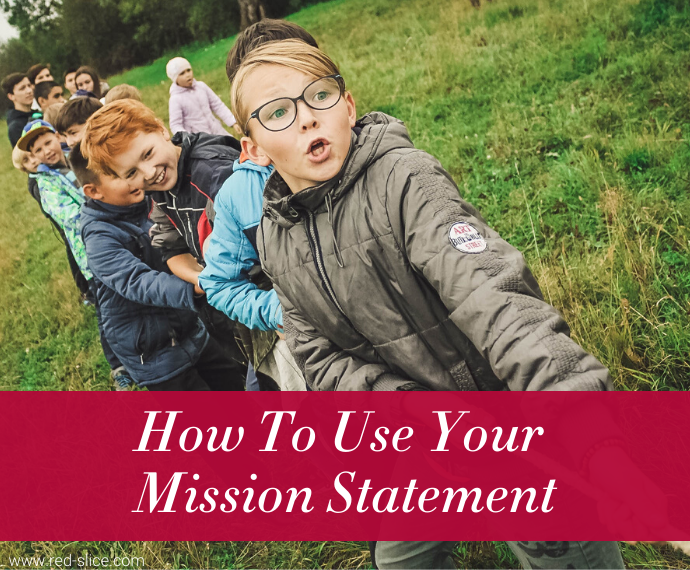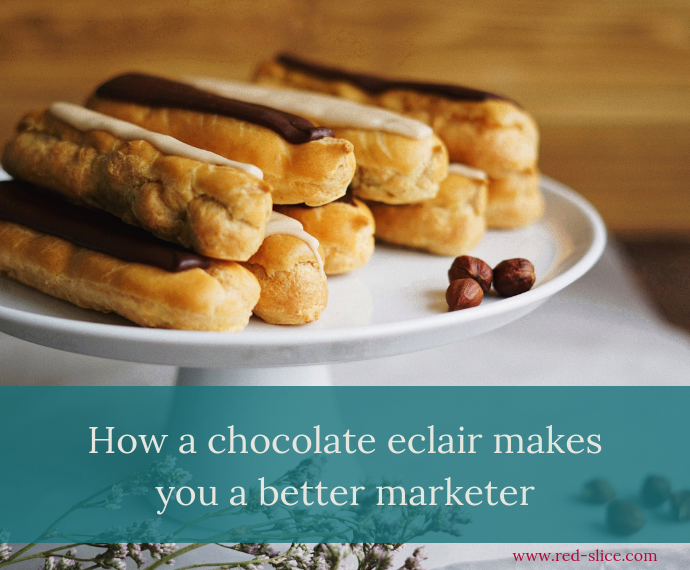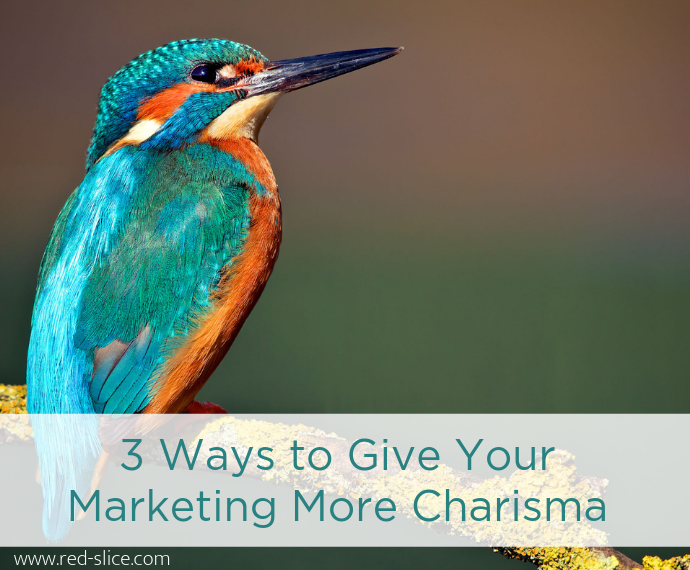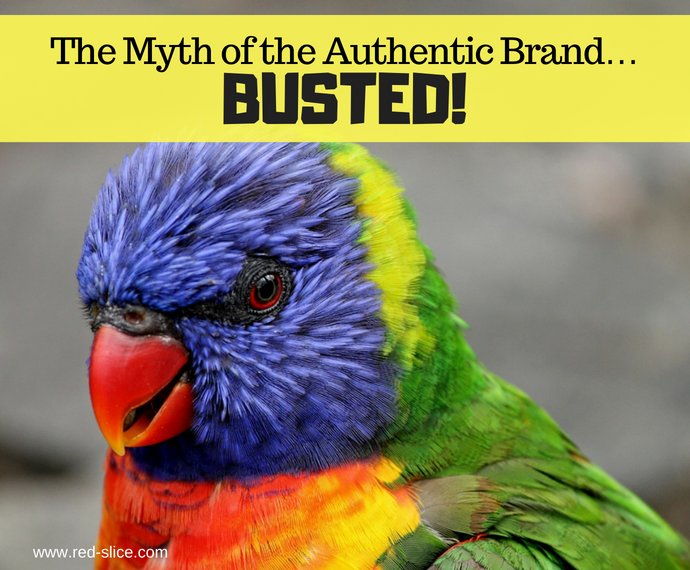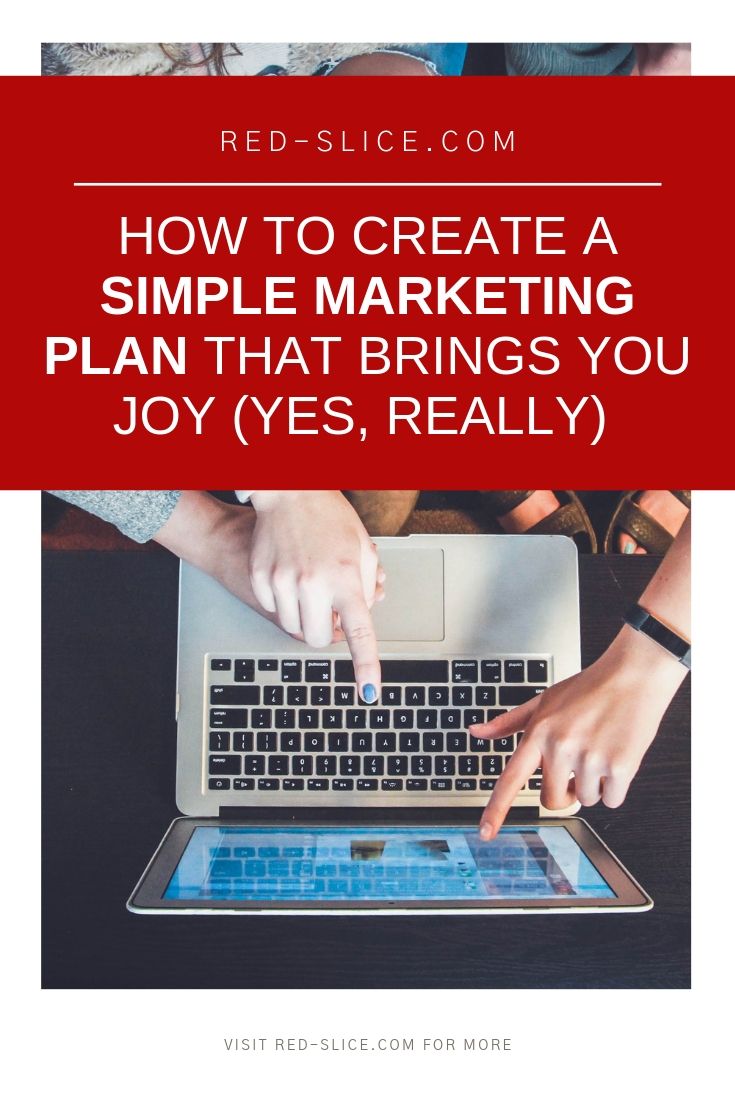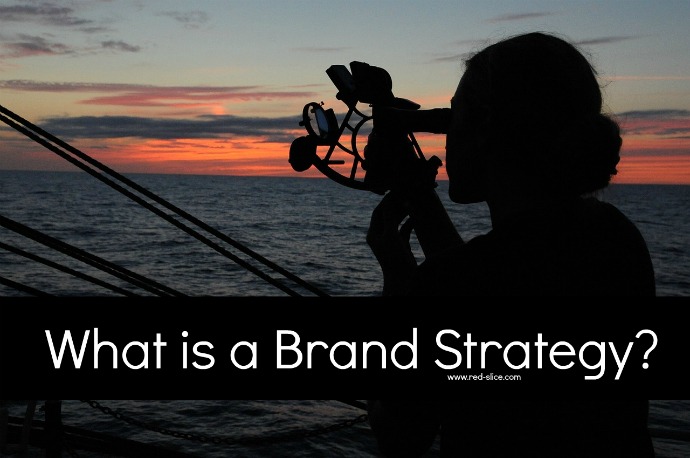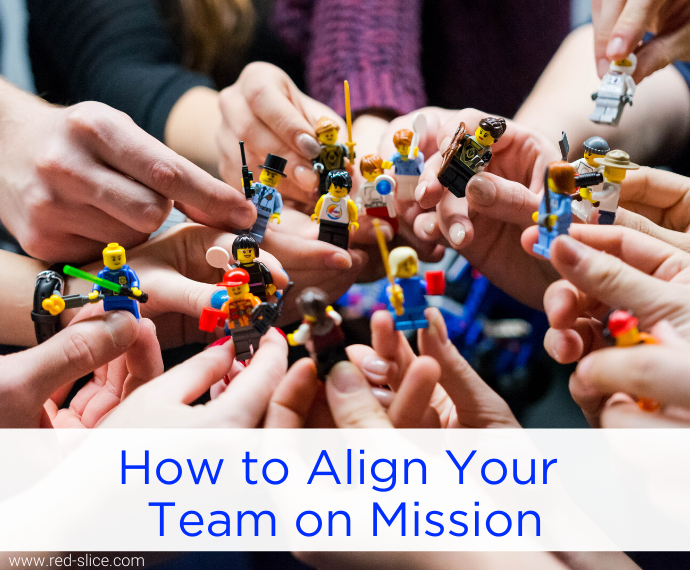
Your mission statement is meant to be a brand tool that informs your decisions on a daily basis.
It describes what you do on a daily basis as an organization in pursuit of your larger vision.
But as a leader, how do you ensure your team is aligned on mission? And most importantly, how can you ensure they are living it out on a daily basis?
The first challenge requires communication and education. The second challenge requires empowerment and a strong operational structure.
First, how to ensure your team is aligned on mission?
This starts in the recruiting process. Does HR understand what the mission means, truly means, to the business everyday? Are you screening for people who embrace the mission and are passionate about it….or are they just looking for a job?
Does everyone in the organization even know what it is and apply it to their daily work?
But further back, how was the mission created? Was it just a great idea in the head of the founder? Sure, it probably starts out that way, but as you scale, you have to bring in other voices and perspectives to contribute to what they believe the mission of the company to be. From where they sit, what is most important? How do they view the work?
This doesn’t mean you have to poll every person in the company every six months to provide input and (shudder) Frankenstein a mission statement that appeases everyone. It means when you go through a brand messaging exercise, mission and vision should be a part of that, as they are the top of the brand messaging pyramid, and everything else trickles out from there to support them.
If people don’t at least have a say, they won’t buy in.
An effective mission is not dictated from the top-down without any input or diverse perspectives. It needs to be more than a poster on the wall. It should impact daily work. (Tweet this!)
(I’ve developed a proven brand workshop process so that different voices have a say, but then a final decision can be made with buy-in from everyone. Yes, it works. Really. We’ve successfully wrangled the most errant cats, and even got a team to consensus and excitement after they had tried FOUR times before to craft brand messaging. But I digress….)
To the second challenge, of ensuring they live it out on a daily basis: This is trickier. But not impossible.
As with anything, you get what you reward. Have you developed a mission statement that can guide decisions making on a daily basis? And if so, how do you promote or reward those who exemplify living out the mission?
What’s that? You don’t. Well, there’s your issue right there.
You get the behavior you reward. If you want your people to truly live the mission, you have to make it show up for them in performance reviews, promotion discussions, and rewards.
As I share in my book, The Empathy Edge, technology company NextJump bases everything they do on their core values, one of which is humility. They issue an annual Avengers Award to the person voted by their peers to help others the most, by however they define it: “The Avengers Award is focused on the trait of ‘service for others’ and recognizes the Next Jumper who most exemplifies steward-leadership….It is an annual peer-nominated award.” (Read the book to find out what the winners get (it will blow your mind!)
Next Jump makes the stakes very high to ensure people live out their values. It shows commitment that the company is not messing around when it says it values humility.
You can do the same for your mission. Attach rewards, accountability, and attention to your mission. Invite employees to articulate how their daily activity supports the mission and to reframe their work toward that higher purpose. Challenge each other to take a step back and think about the mission when making important decisions.
This is how you energize your employees to adopt a particular mindset and live out the mission.
PS: Aligning on your mission statement is not merely a nice-to-have. It ensures everyone is in pursuit of the same goal, which makes decisions easier. Learn how REI’s strong alignment around mission led to one of the most successful marketing campaigns in history, the #OptOutside campaign, which results in the stores being closed on Black Friday. Where, you ask?! Check out my newest book, The Empathy Edge: Harnessing the Value of Compassion as an Engine for Success (A Playbook for Brands, Leaders, and Teams)


